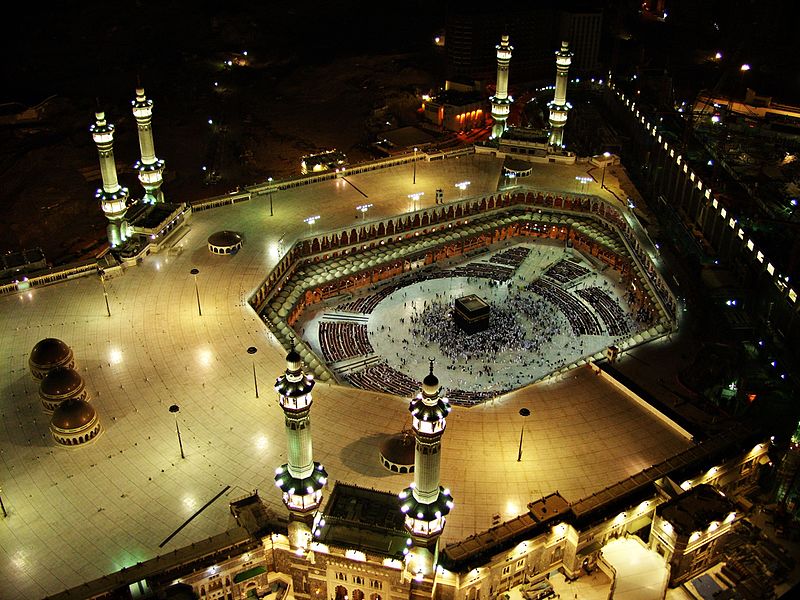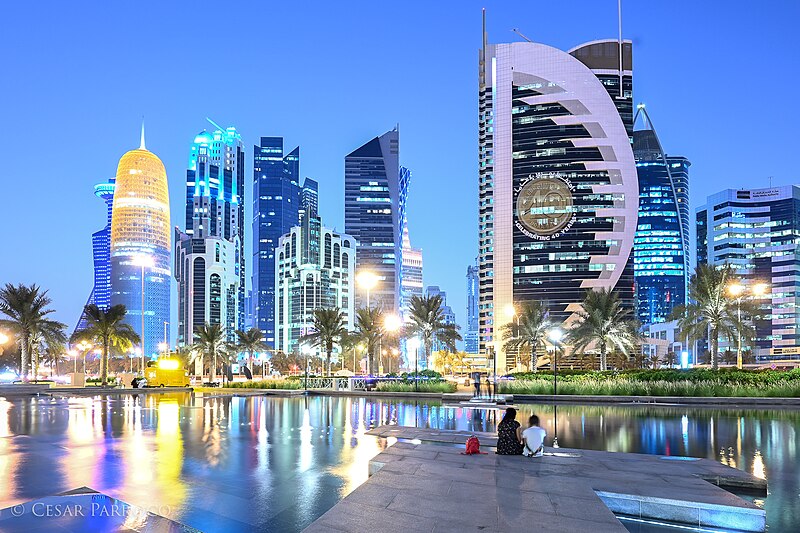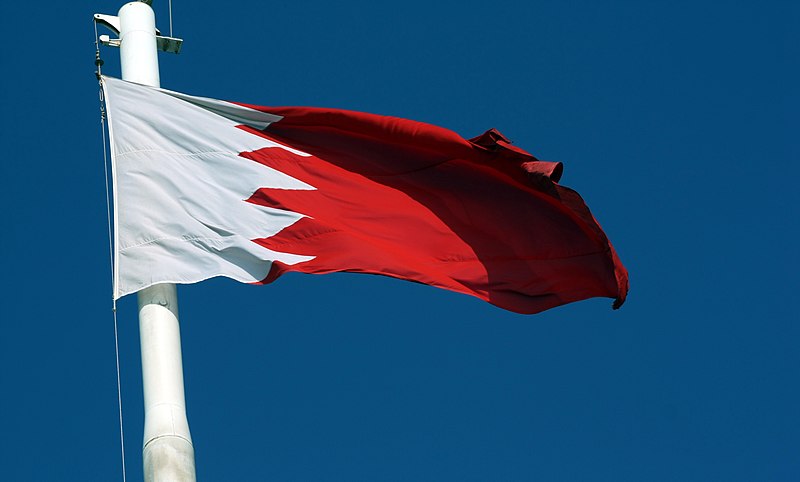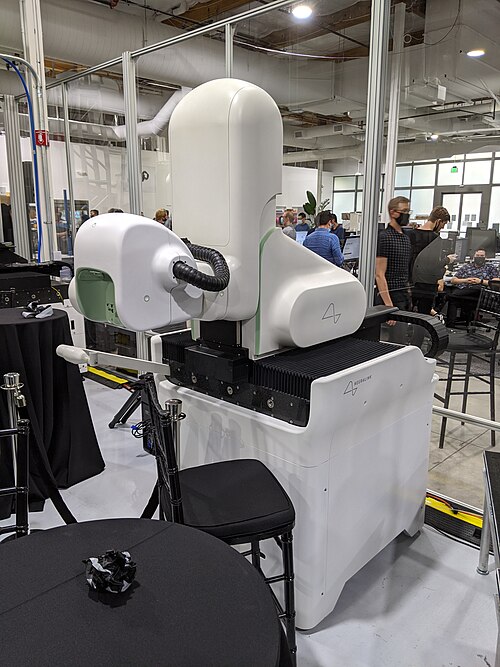
Hundreds of people have died and thousands have been treated for heatstroke while performing the annual Muslim Hajj pilgrimage to Mecca amid extreme
temperatures reaching up to 49 degrees Celsius (120 degrees Fahrenheit).
Among the deceased are 165 Indonesians, as reported by CNN Indonesia, citing the country's Consulate General’s Hajj Management Office in Saudi Arabia. Additionally, at least 41 Jordanians, 35 Tunisians, and 11 Iranians have died, according to authorities from each country.
The Iranian Red Crescent reported that 22 Jordanians are missing and 26 Iranians have been hospitalized, with some of the deaths attributed to heatstroke and others to underlying conditions.
The death toll is expected to rise as Saudi Arabia and Egypt have yet to release official figures. Moreover, the current numbers account only for registered pilgrims, raising concerns that more deaths may have occurred among unregistered participants.
The Saudi government announced on Monday that more than 2,700 people had been treated for heatstroke. Meanwhile, hundreds of people have taken to social media to post about their missing loved ones.
This year’s Hajj has attracted over 1.8 million participants, making it one of the world's largest religious gatherings, according to the Saudi General Authority for Statistics.
While deaths among pilgrims are not uncommon—there were over 200 fatalities last year—this year's event is marked by particularly high temperatures.
The Hajj season varies each year according to the Islamic calendar, and this year it falls in June, one of the hottest months in Saudi Arabia.
On Monday, Saudi Arabia advised pilgrims against performing the “stoning of the devil” ritual during certain hours due to the extreme temperatures. Hajj officials have urged pilgrims to carry umbrellas and stay hydrated amid the harsh conditions. The Saudi army has deployed over 1,600 personnel with medical units specifically for heatstroke and 30 rapid response teams, along with 5,000 health and first aid volunteers.
Performing Hajj is one of the five pillars of Islam, requiring every Muslim who is physically and financially able to make the journey to the holy city of Mecca at least once in their lifetime. The pilgrimage includes numerous rituals, such as wearing a special garment symbolizing human equality and unity before God, a circular counter-clockwise procession around the Kaaba, and the symbolic stoning of evil.
A Source of Prestige and Revenue
The Hajj is a significant source of prestige for Saudi Arabia’s king, who holds the title of Custodian of the Two Holy Mosques, as well as a substantial source of revenue for the Saudi economy.
Shortly after King Salman bin Abdulaziz ascended to power in 2015, Saudi Arabia launched a $21 billion project to expand the Grand Mosque in Mecca to accommodate an additional 300,000 worshippers. In 2016, then Deputy Crown Prince Mohammed bin Salman identified the pilgrimage as a key component of a plan to diversify the Saudi economy by 2030.
Experts note that, while oil sales generate close to a billion dollars a day for the kingdom, the economic benefit of the pilgrimage is marginal in comparison. However, its significant untapped potential could bring considerable riches to the kingdom in the long term.
According to official data cited by Reuters, pilgrimage revenues were projected to average about $30 billion annually and create 100,000 jobs for Saudis when the kingdom attracted around 21 million worshippers annually during the 10-day Hajj as well as the year-long Umrah pilgrimage. The government aims to increase the number of pilgrims to 30 million by 2030. Photo by Basil D Soufi, Wikimedia commons.















































